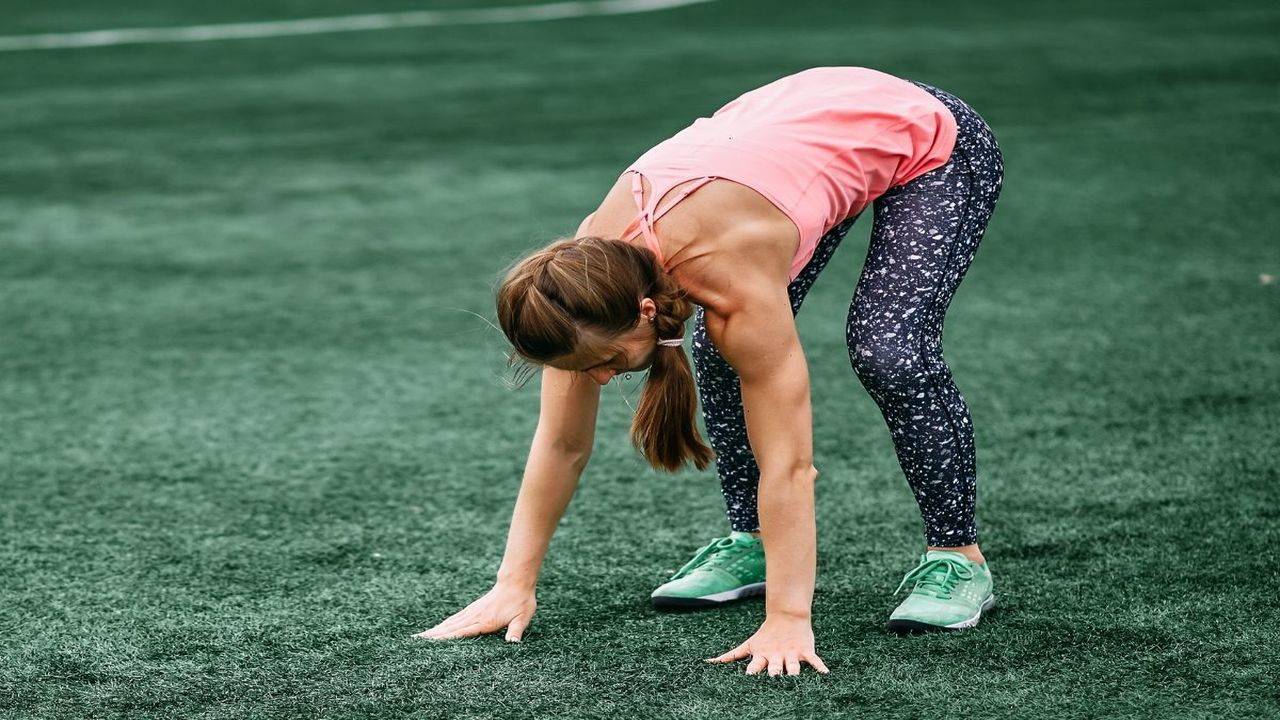If you’ve ever wondered if brisk walking can actually help you lose weight, the answer is a big yes — but there’s a catch. Walking is one of the simplest, most underrated ways to shed pounds. You don’t need fancy gear or a gym membership. You don’t even need to run or do burpees. You just need your legs, a decent pair of shoes, and a plan.
But here’s the thing: not all walking is created equal. A casual stroll around the block is nice for your mind, but it won’t burn enough calories to make a dent if you’re looking to drop pounds. That’s where brisk walking comes in.
So let’s break down how brisk walking helps you lose weight, what you should keep in mind to get results, and how to actually stick with it so you don’t give up halfway through.
Why Walking Works for Weight Loss
Walking doesn’t seem intense compared to running or lifting heavy weights. But it works because it’s easy on your joints, burns more calories than you think, and — most importantly — you can actually stick with it.
Consistency is everything when it comes to losing weight. A walking plan doesn’t feel like punishment, so you’re more likely to keep doing it. Over weeks and months, all those steps add up to real results.
Here’s how it works:
- Burns calories: A brisk walk can burn 200–400 calories an hour, depending on your pace and body weight.
- Boosts metabolism: Moving daily helps keep your metabolism humming.
- Easy to recover from: You don’t get so sore that you have to skip days.
- Reduces stress: Walking can lower cortisol, which helps control belly fat.
- No learning curve: If you can walk, you’re good to go.
What Counts as ‘Brisk’ Walking?
A slow shuffle won’t cut it. To burn fat, you need to get your heart rate up a bit. Brisk walking means you’re walking fast enough to breathe heavier but still hold a conversation.
You should feel like you’re putting in effort, but not gasping for air.
A good rule:
- 3–4 miles per hour is the sweet spot for many people.
- Or use the “talk test”: You can talk, but singing a song would be tough.
If you wear a fitness watch, aim for 50–70% of your max heart rate.
How Much Should You Walk?
There’s no magic number, but here’s a good starting point:
- Goal: 30–60 minutes of brisk walking, 5–6 days a week.
- Steps: Many aim for 10,000 steps a day. If you’re new to walking, start with 6,000–8,000 and build up.
Breaking it up is fine. Two 20-minute walks still count as 40 minutes total.
The Truth About Calories Burned
You’ve probably heard people say, “Walking doesn’t burn that many calories.” True, compared to running, it burns less per minute. But here’s the flip side: most people can’t run for an hour every day without hurting their knees or burning out.
Walking is sustainable. If you walk an hour a day at a brisk pace, that’s 250–350 calories burned daily. Do that every day for a week? That’s 1,750–2,450 calories — nearly half a pound of fat.
Combine that with eating a little less, and you’ve got a recipe for steady weight loss.
Form Matters More Than You Think
Walking is simple, but good form helps you move faster and prevent aches.
- Keep your head up, eyes forward.
- Relax your shoulders.
- Swing your arms naturally.
- Roll from heel to toe with each step.
If you want to pick up the pace, focus on taking quicker, smaller steps instead of huge strides.
Mix Up Your Route
Walking the same loop every day can get boring fast. To stay motivated:
- Try different routes.
- Add some hills for extra calorie burn.
- Walk with a friend or pet.
- Listen to music or podcasts.
A small change in scenery keeps it fresh.
Add Some Intensity
If you want to step it up, try these:
- Intervals: Walk fast for 1–2 minutes, then slow down for 2–3 minutes. Repeat.
- Incline: Walk uphill or on an incline treadmill.
- Weights: Light hand weights or a weighted vest (don’t overdo it).
Intervals and hills raise your heart rate and burn more calories.
Don’t Ignore Your Diet
This is huge. Walking helps you burn calories, but weight loss happens when you burn more than you eat. A brisk walk doesn’t mean you can eat a giant dessert guilt-free.
Keep an eye on:
- Portion sizes
- Sugary drinks
- Snacking out of boredom
You don’t need to go on a strict diet. Just be mindful. A 200-calorie snack can erase the calories you just burned on your walk.
Listen to Your Body
Walking is gentle, but if your feet, knees, or hips start hurting, pay attention. Good shoes make a difference. Replace worn-out shoes every 400–500 miles.
Stretch your calves, hamstrings, and hips. If you’re sore, swap a walk for gentle yoga or rest.
Make It a Habit
Most people fail because they treat exercise like a chore. Walking should fit into your life, not feel like torture.
- Schedule it at the same time each day.
- Link it to a daily habit (after lunch, after dinner).
- Make it social: walk with friends, family, or your dog.
Once it’s routine, you’ll miss it if you skip it.
Results Take Time
Brisk walking works, but not overnight. Give it a few weeks before judging results. You might not notice the scale drop fast, but your clothes will fit better, your mood will lift, and your energy will improve.
Track your progress: use an app or pedometer. Seeing those steps add up is satisfying.
Final Thoughts
So, can you lose weight by brisk walking? Absolutely. It won’t give you six-pack abs in a month, but it will help you build a healthy habit you can stick with for years. The key is staying consistent and pairing it with smart eating.
So lace up those shoes, pick a good playlist, and head out the door. One step at a time really does add up to big results. Happy walking!










